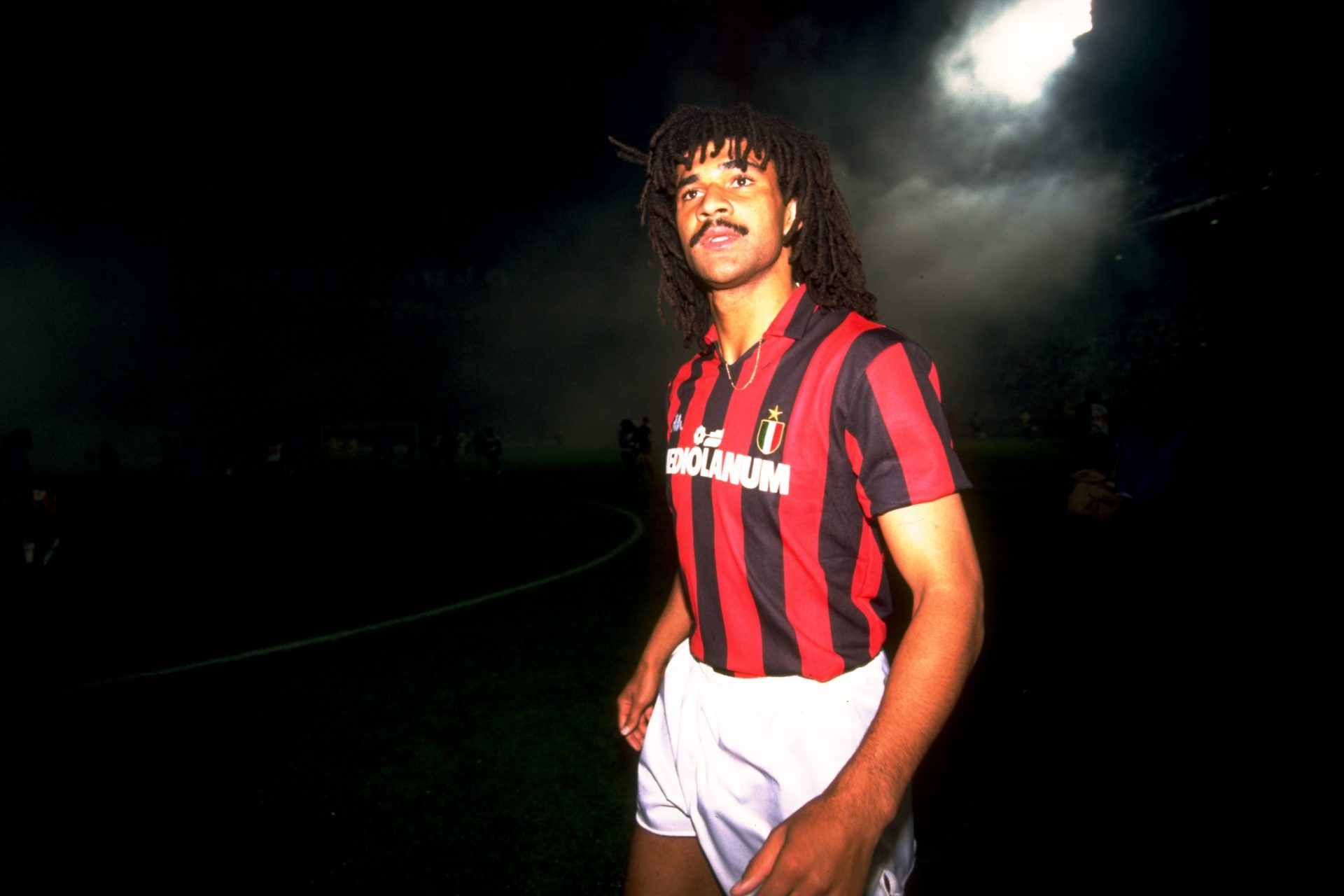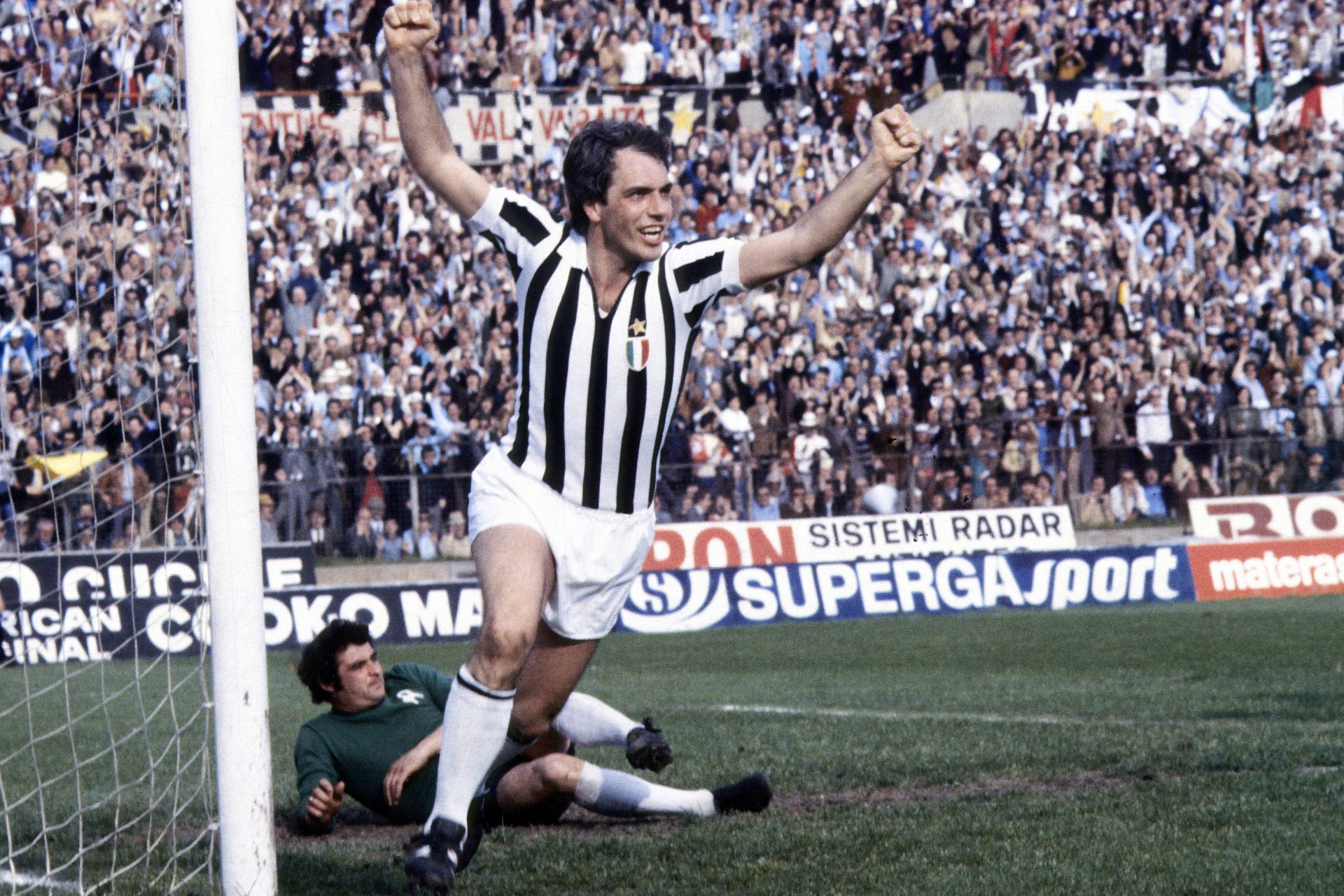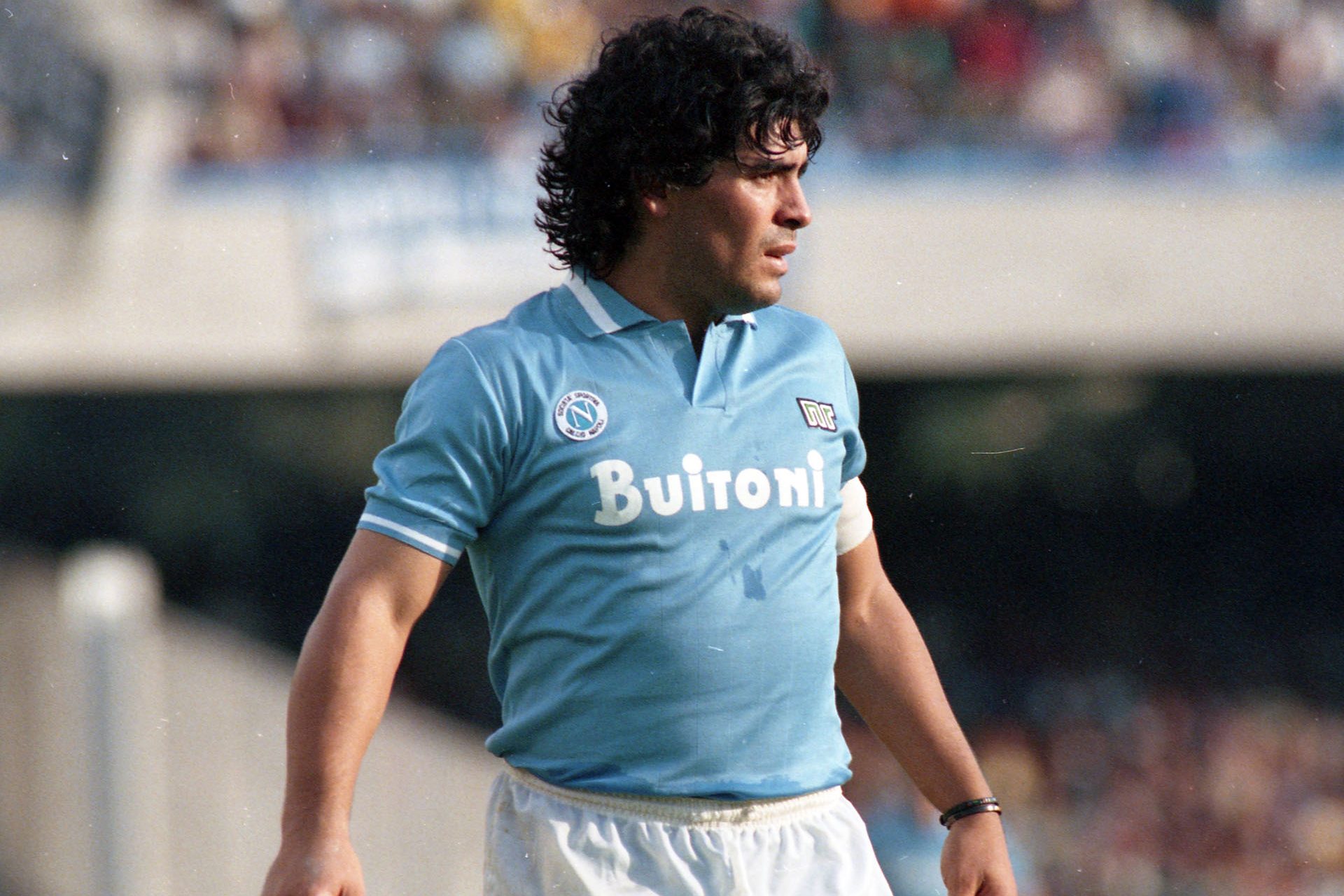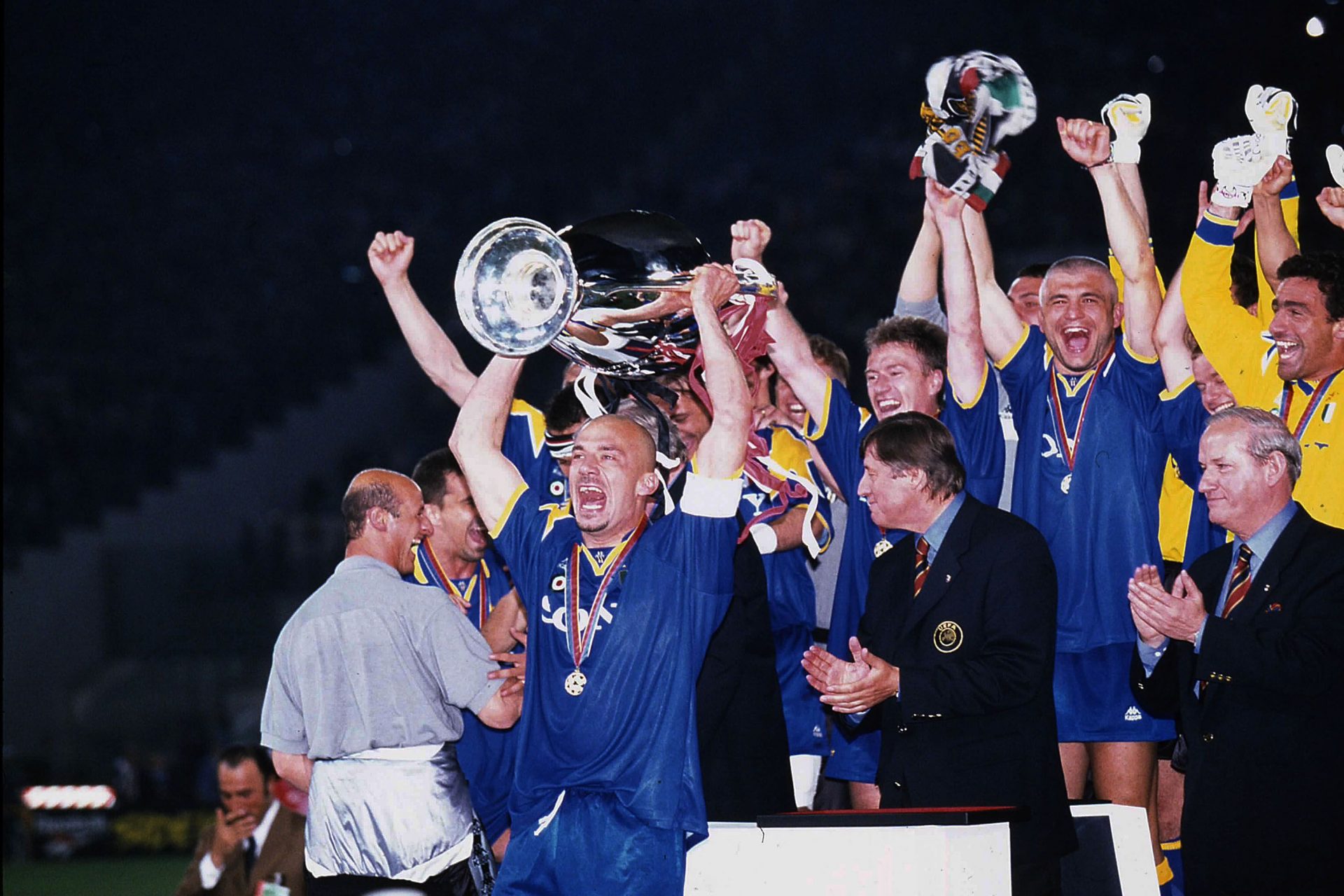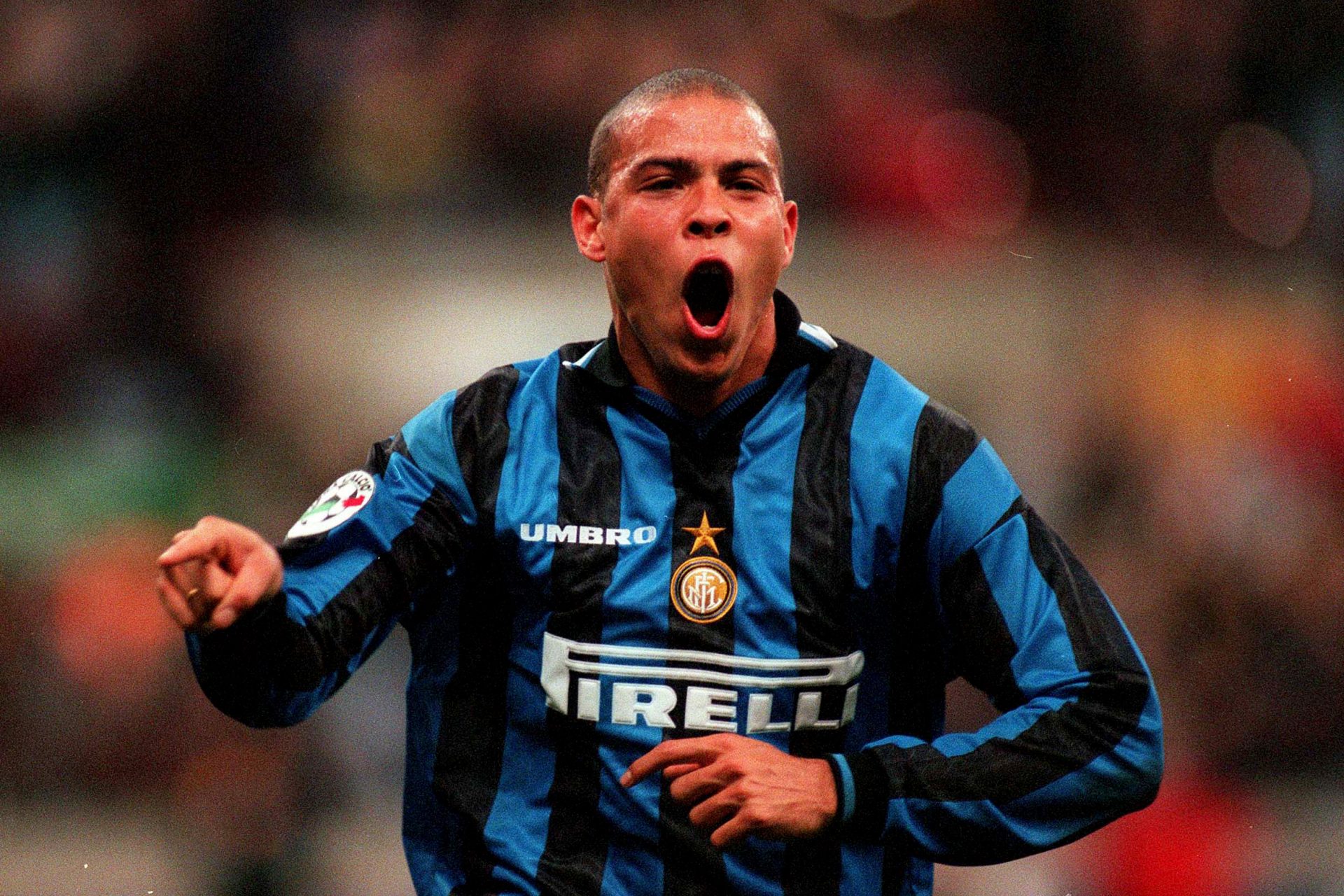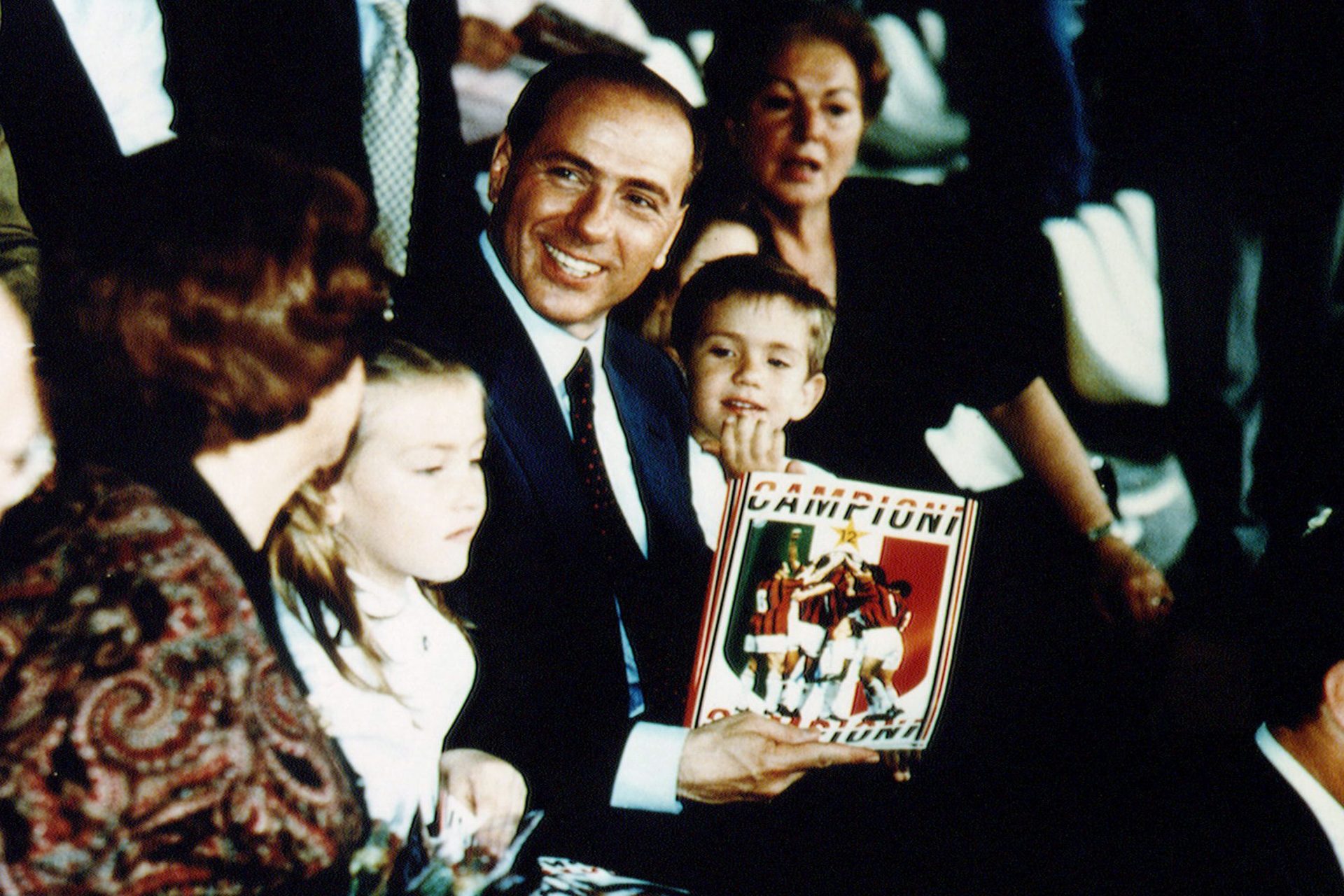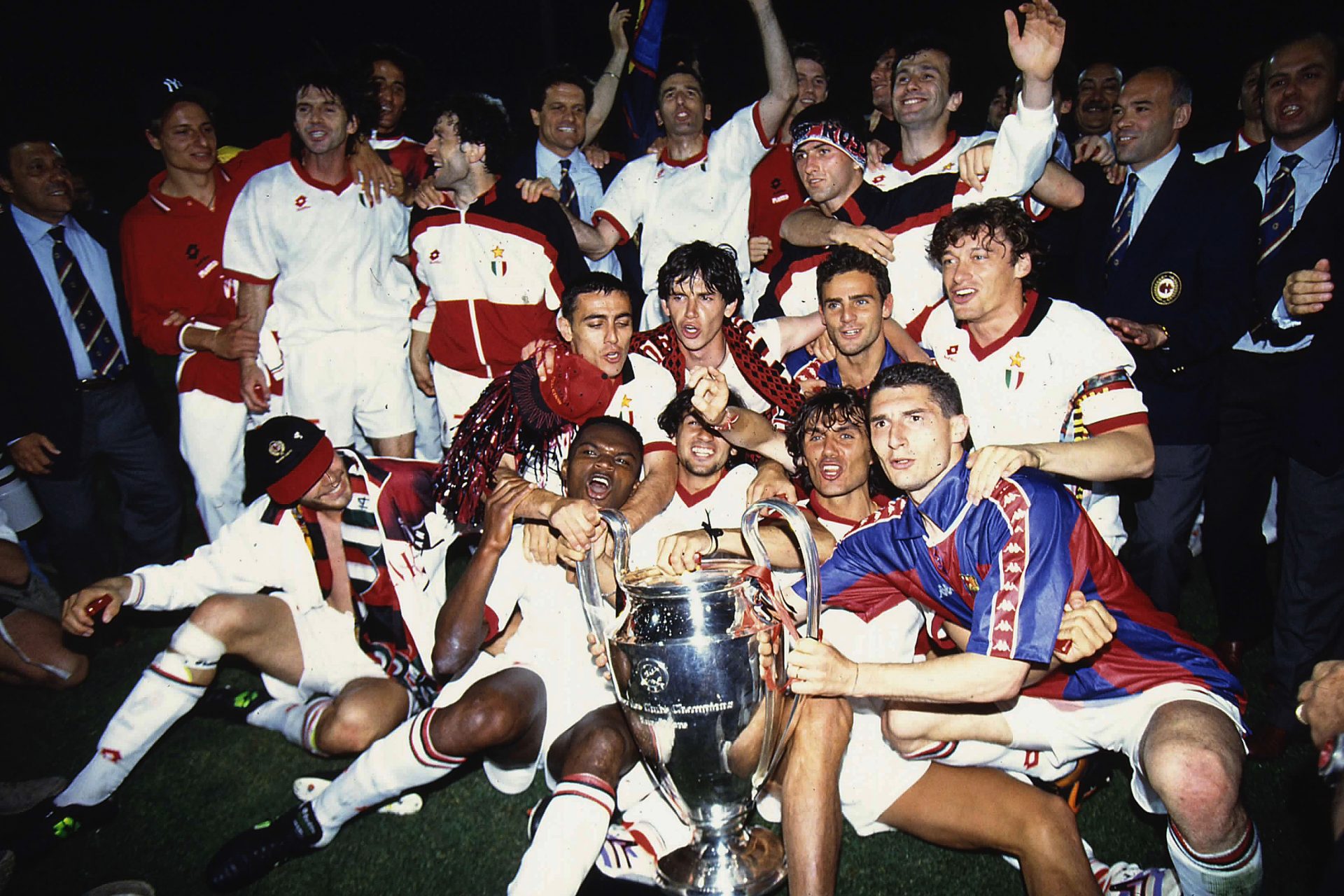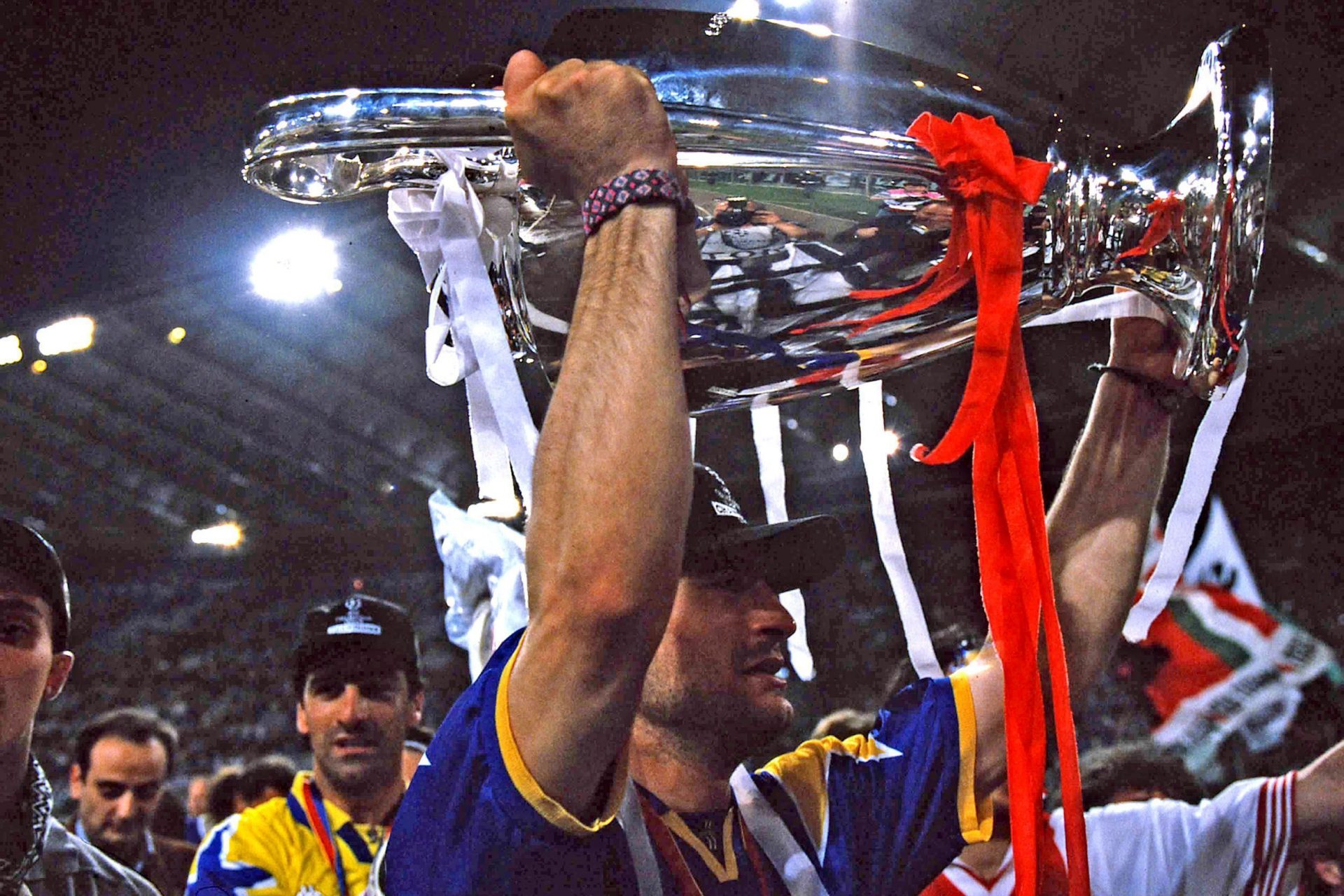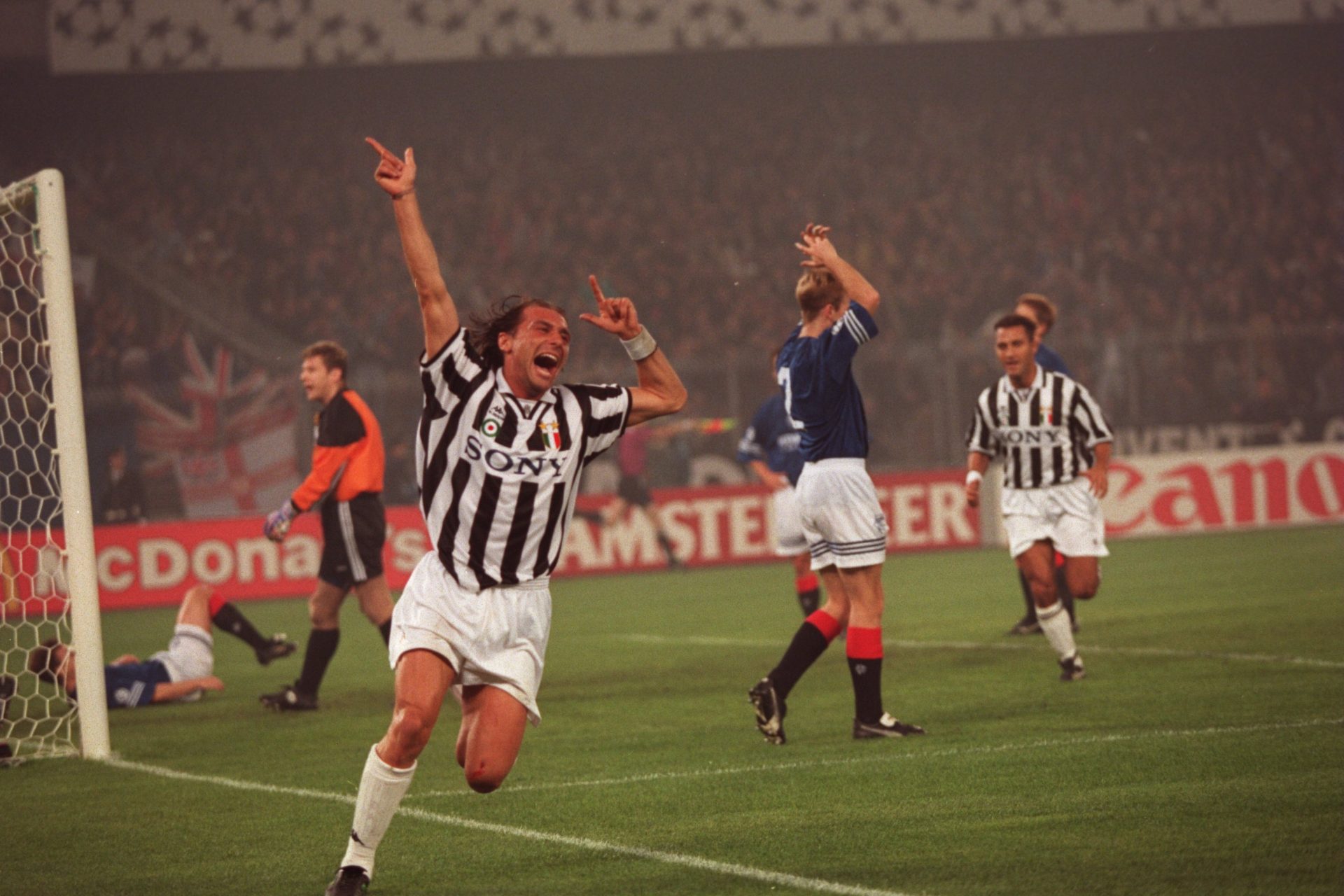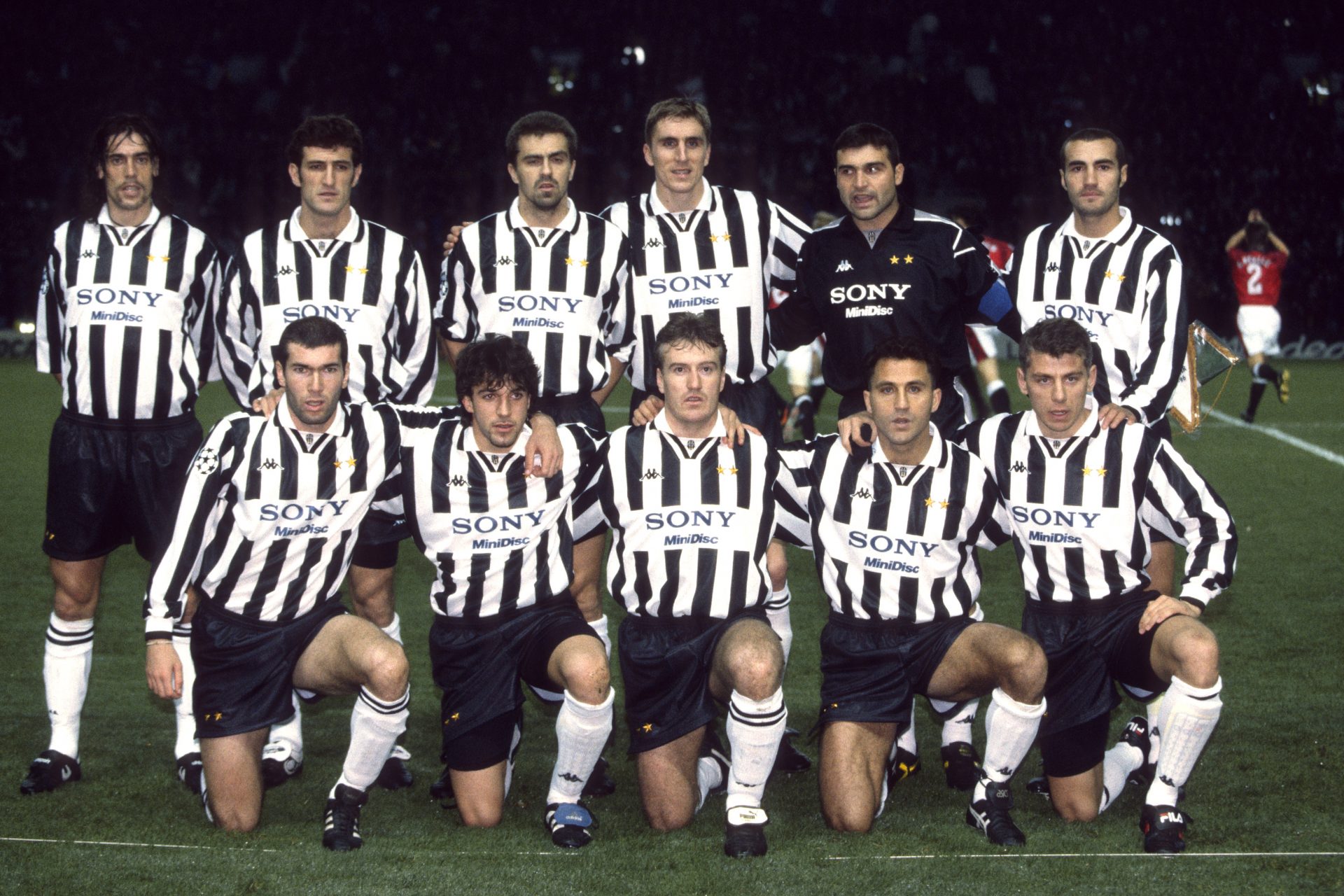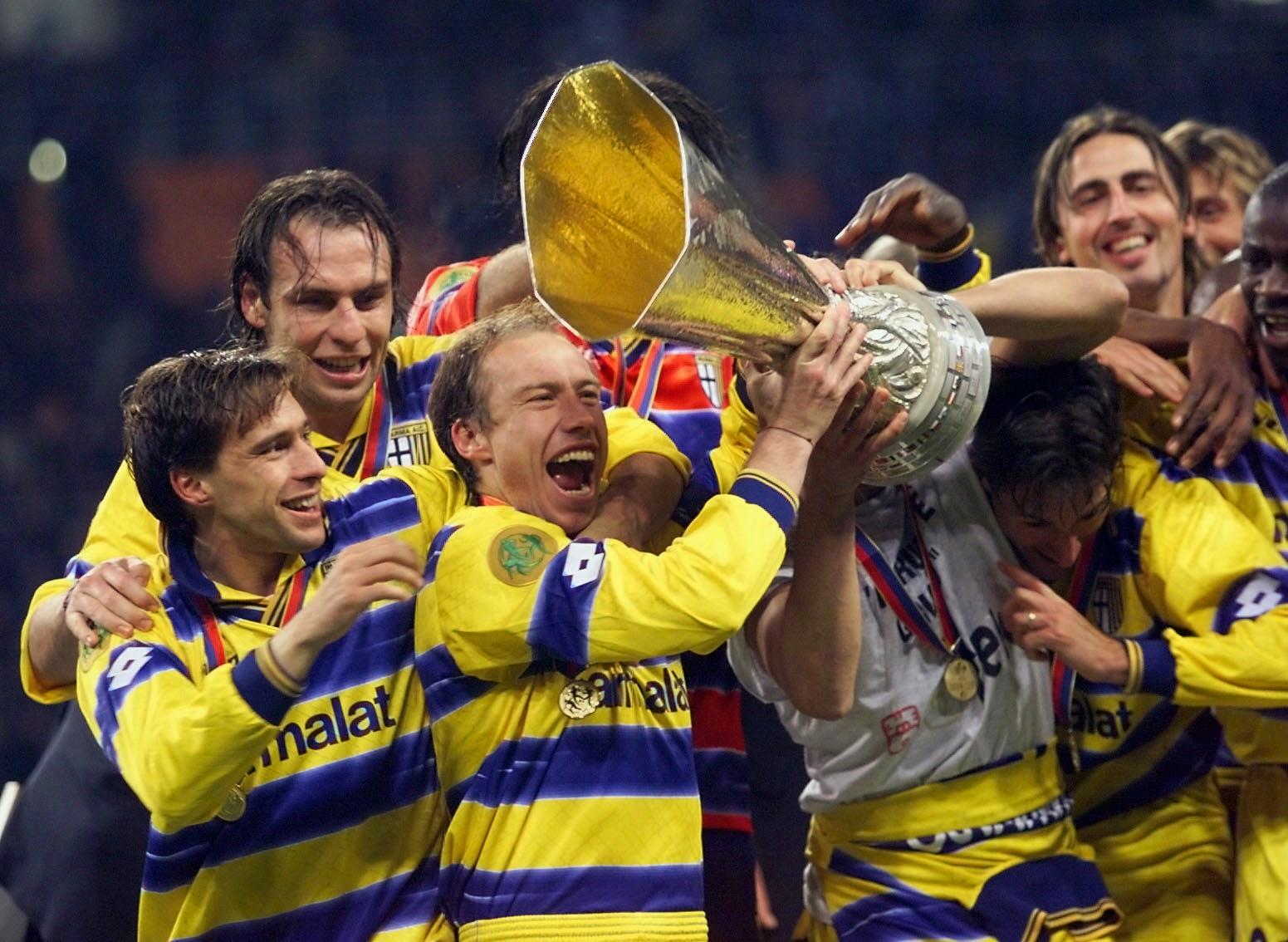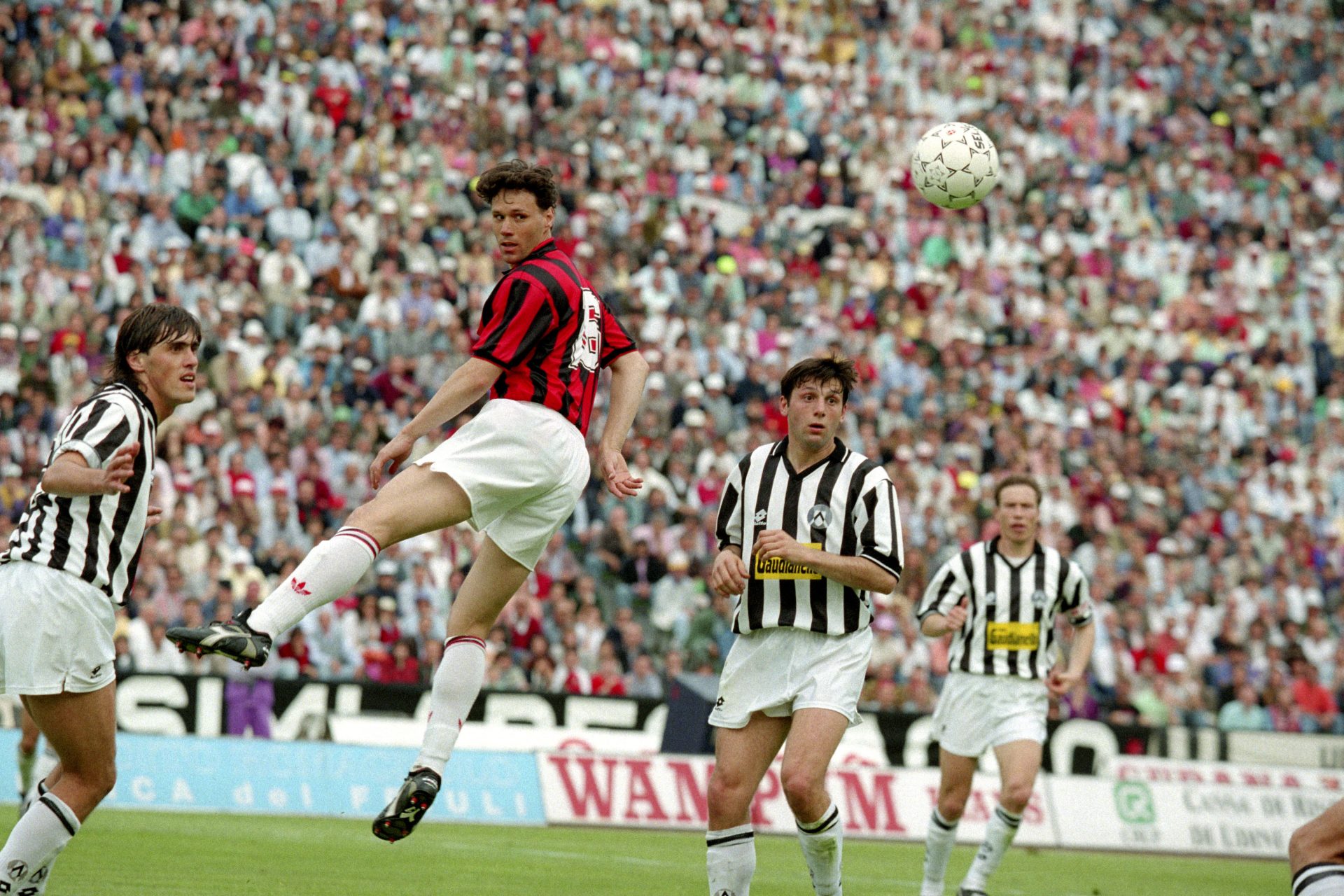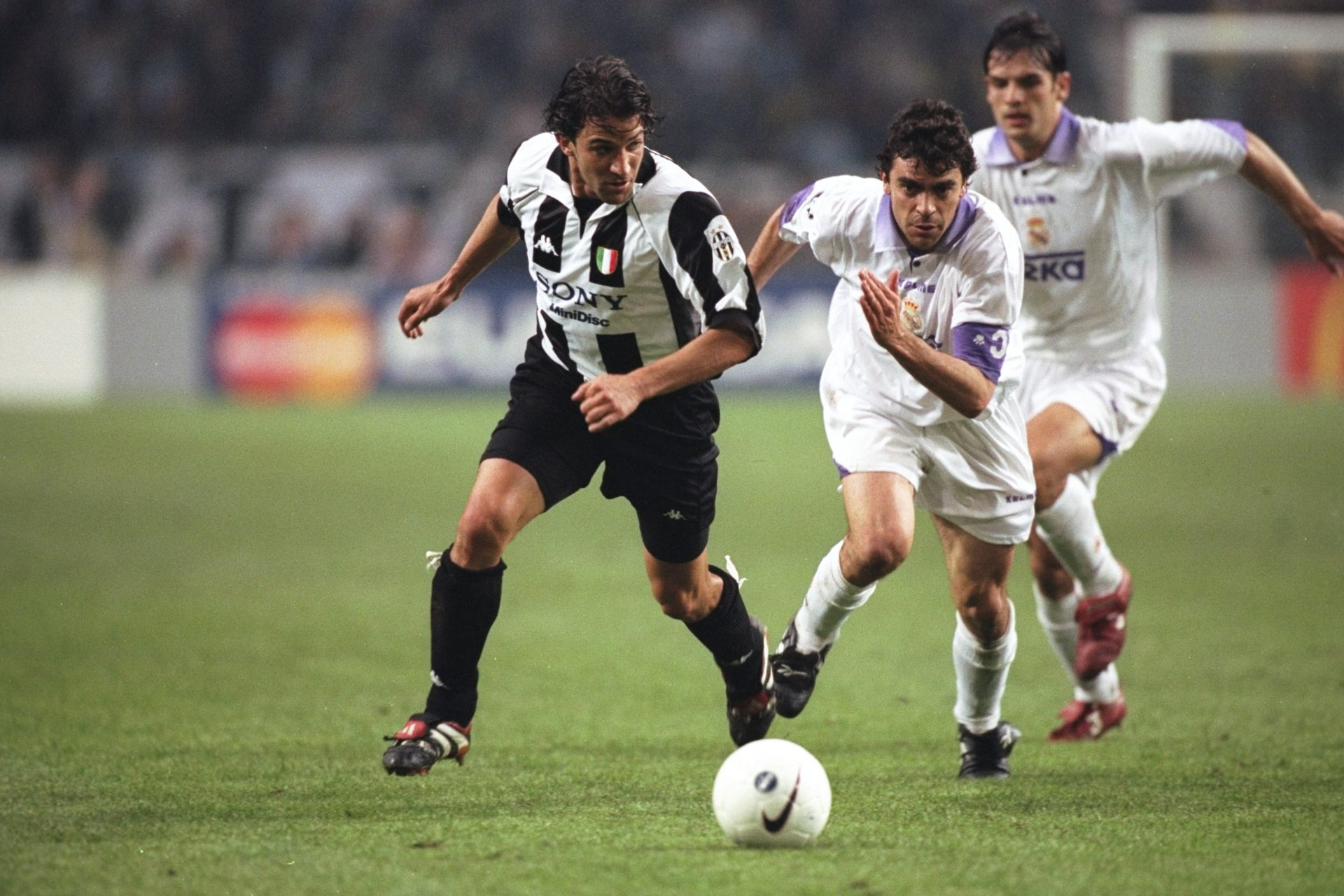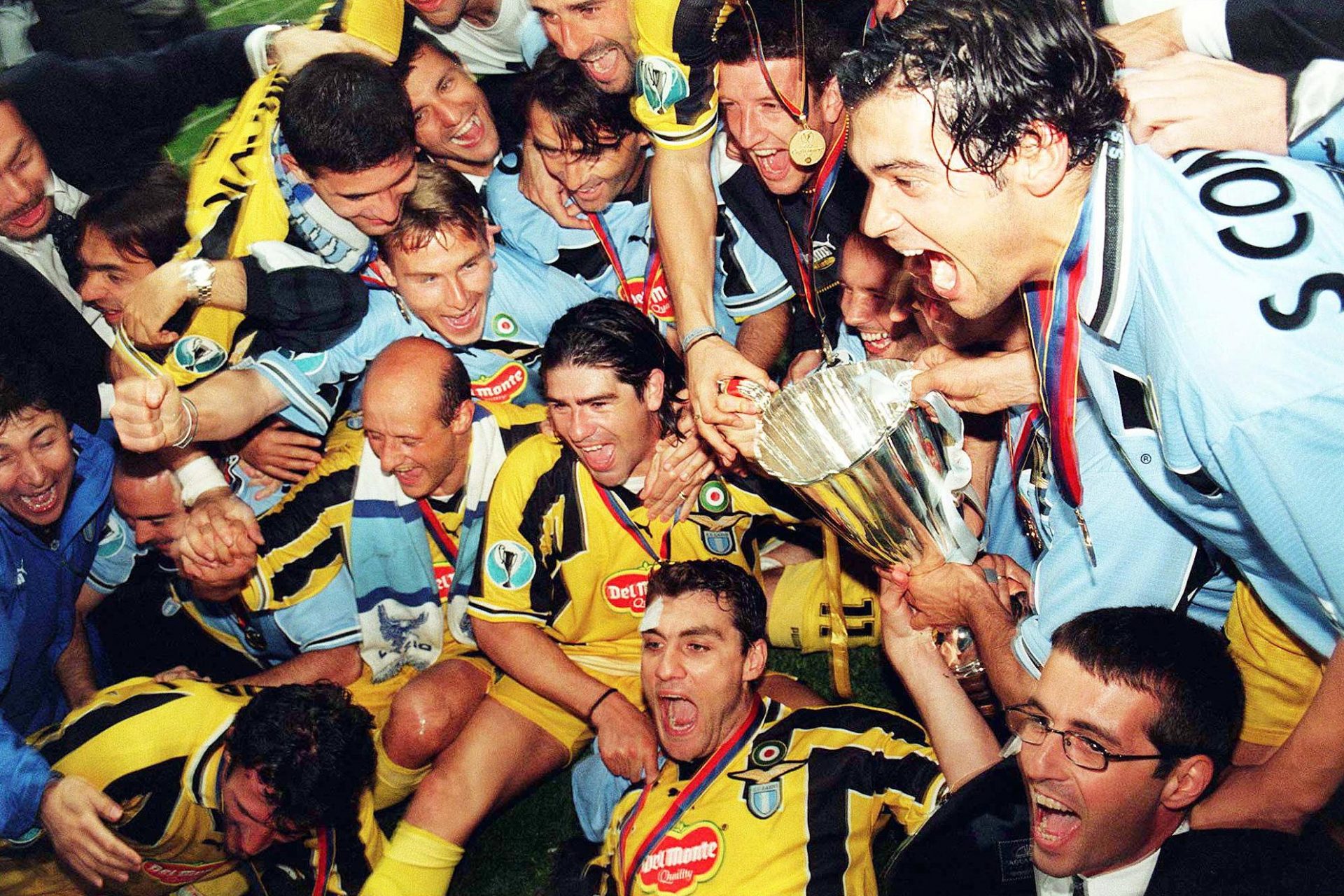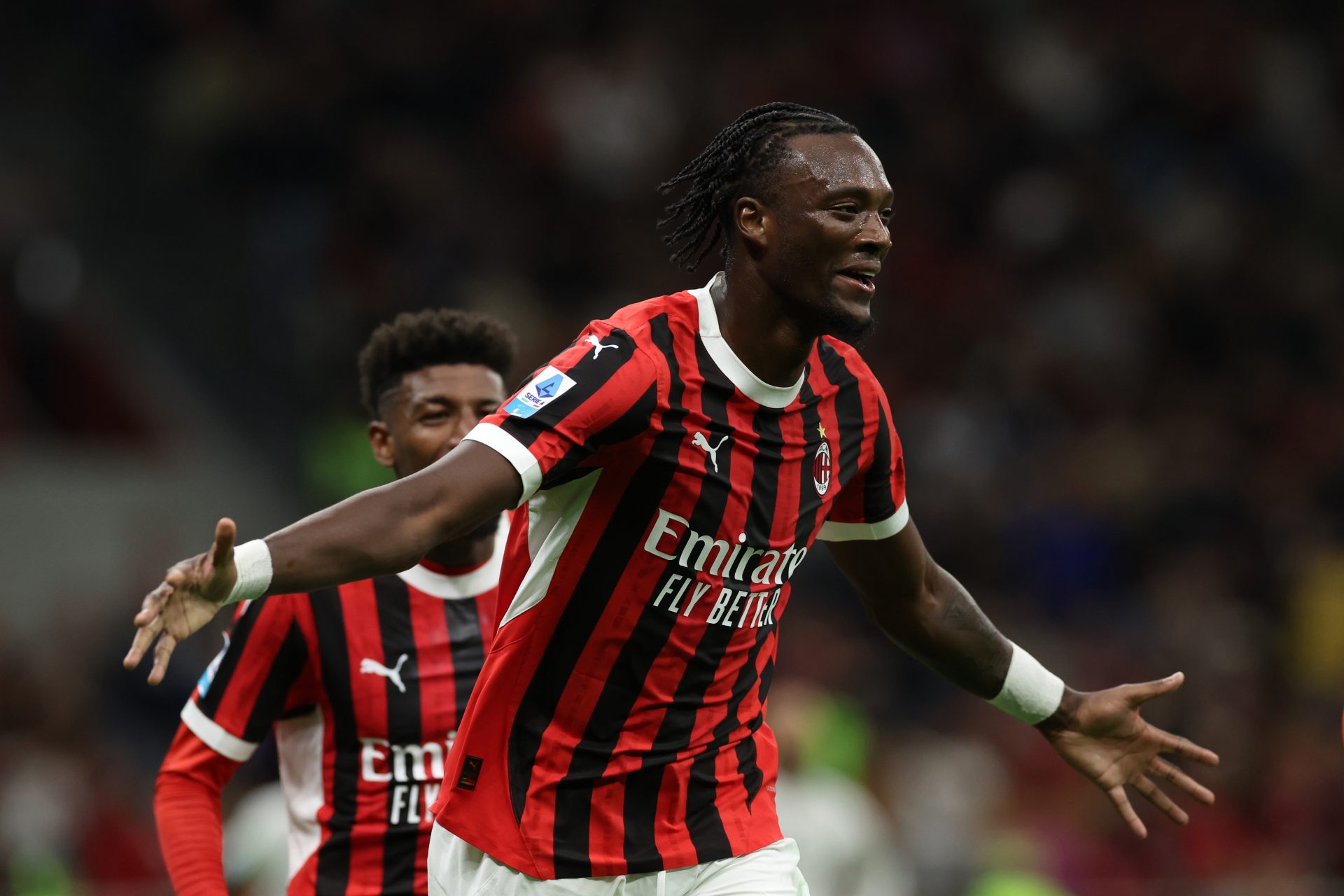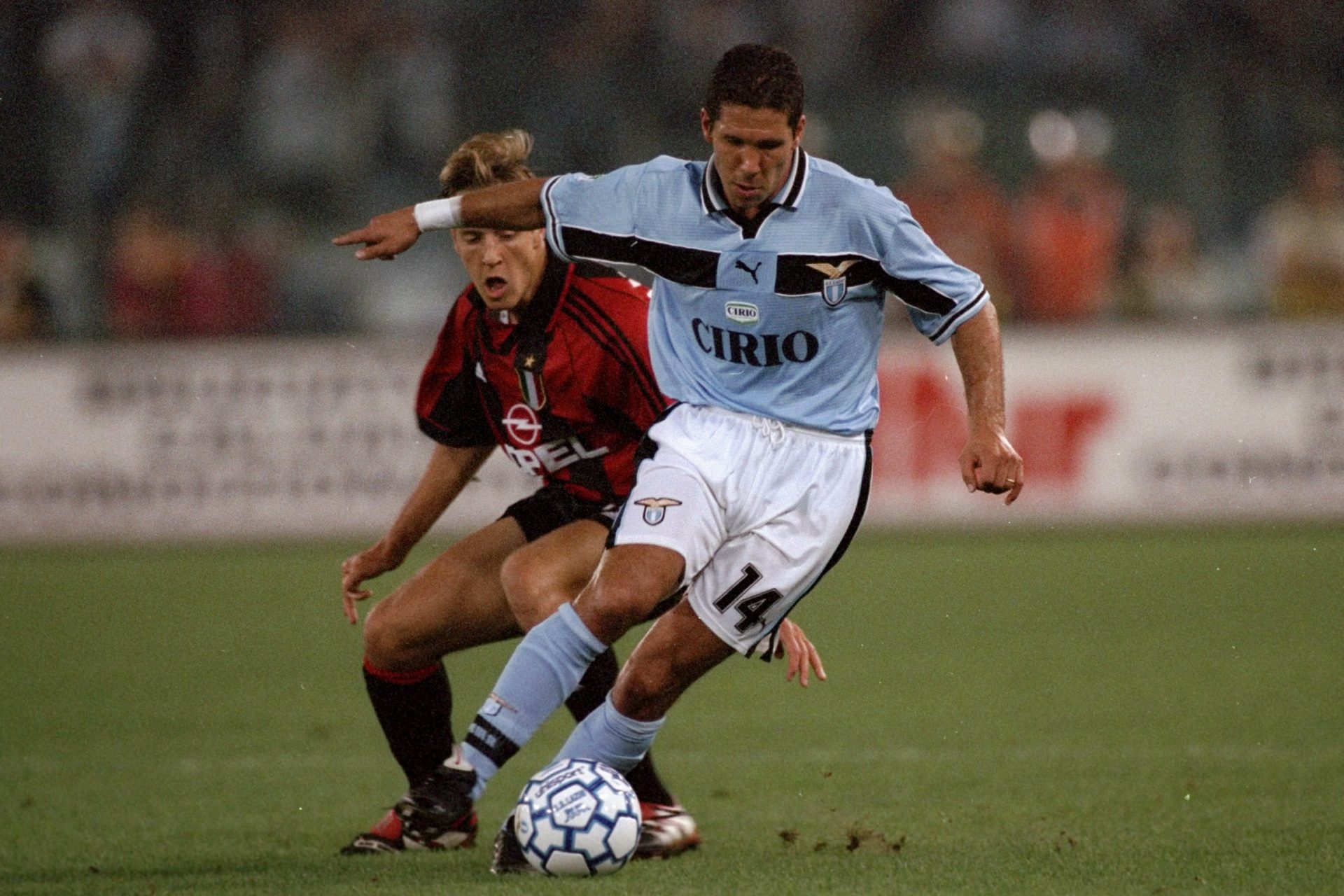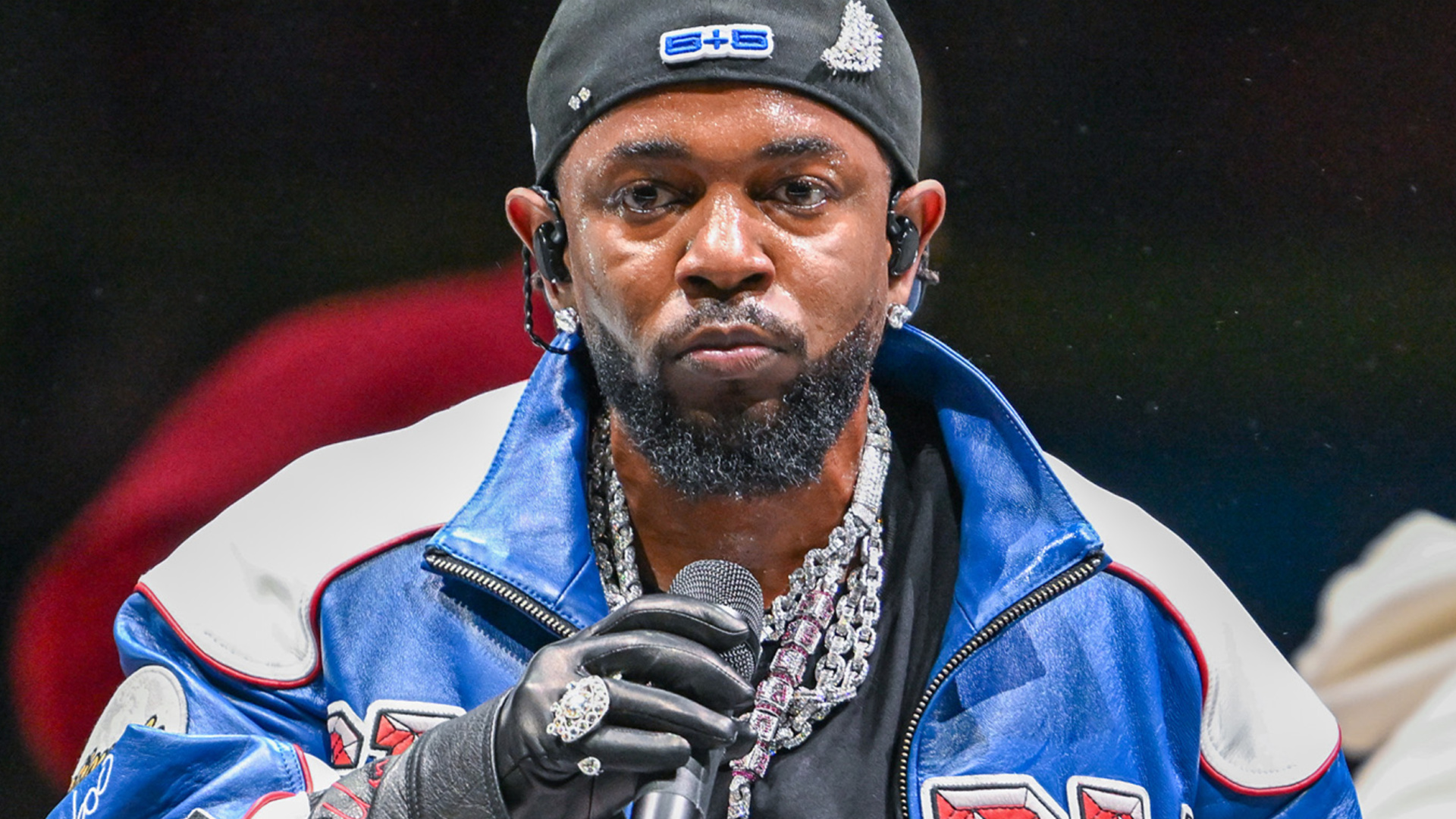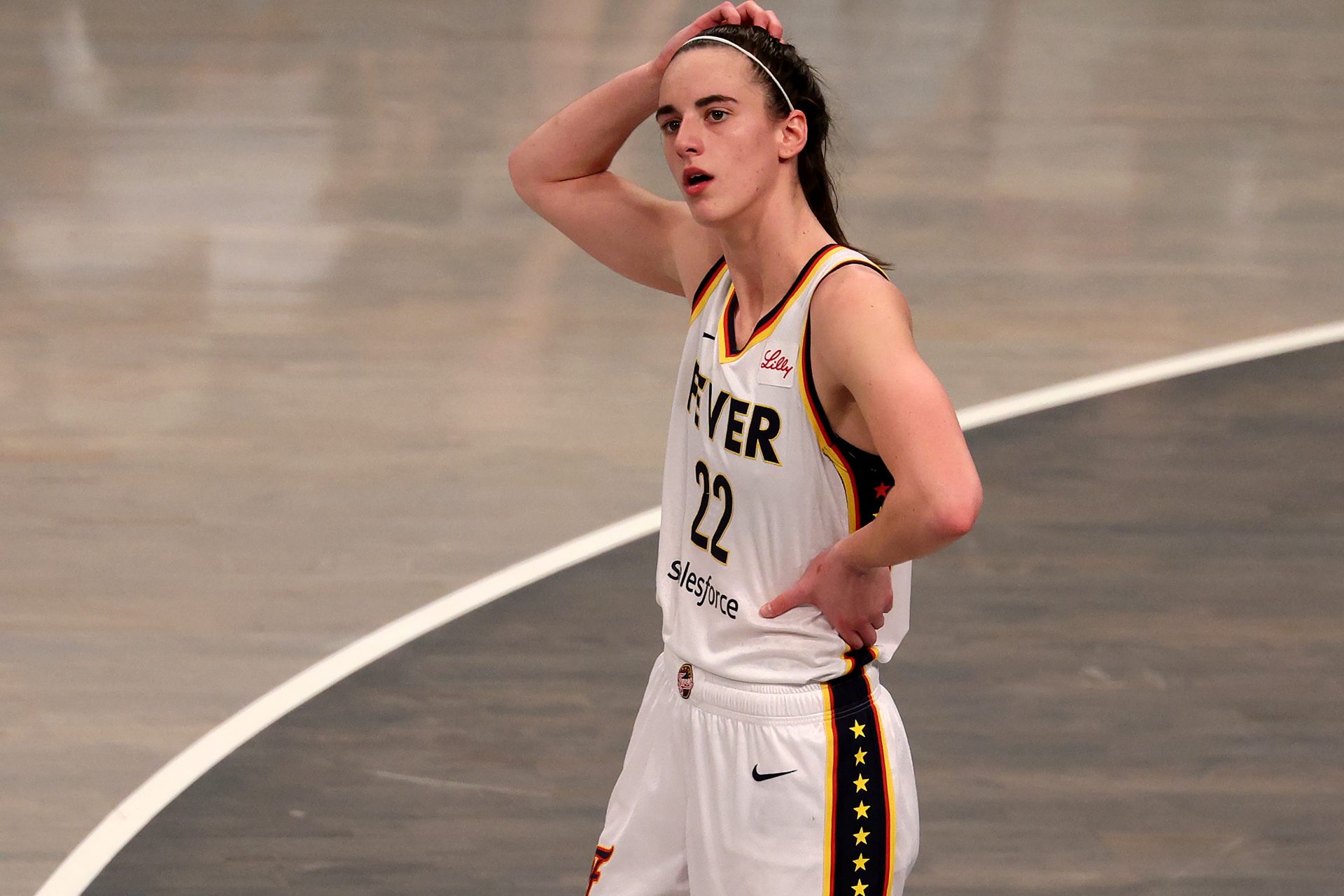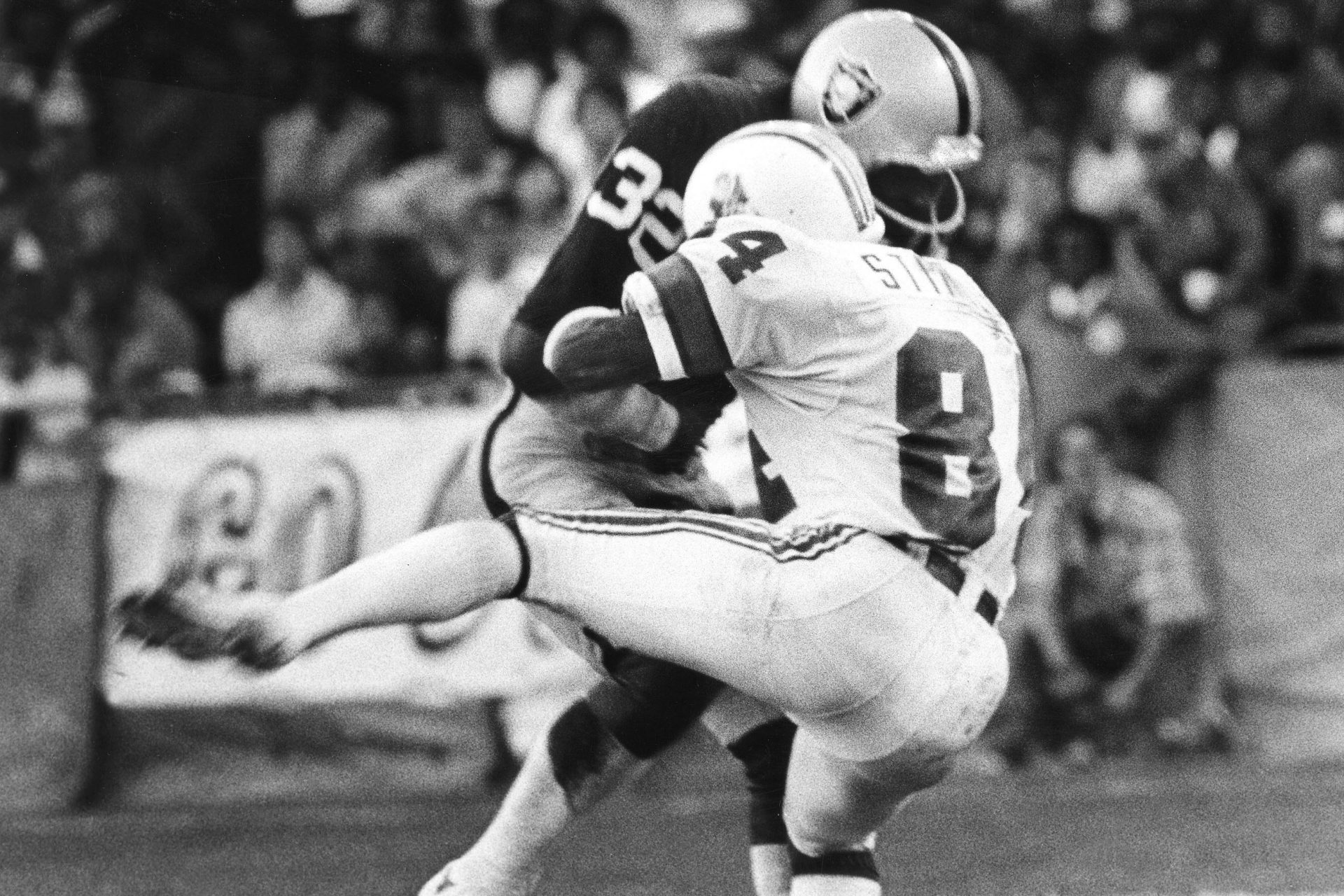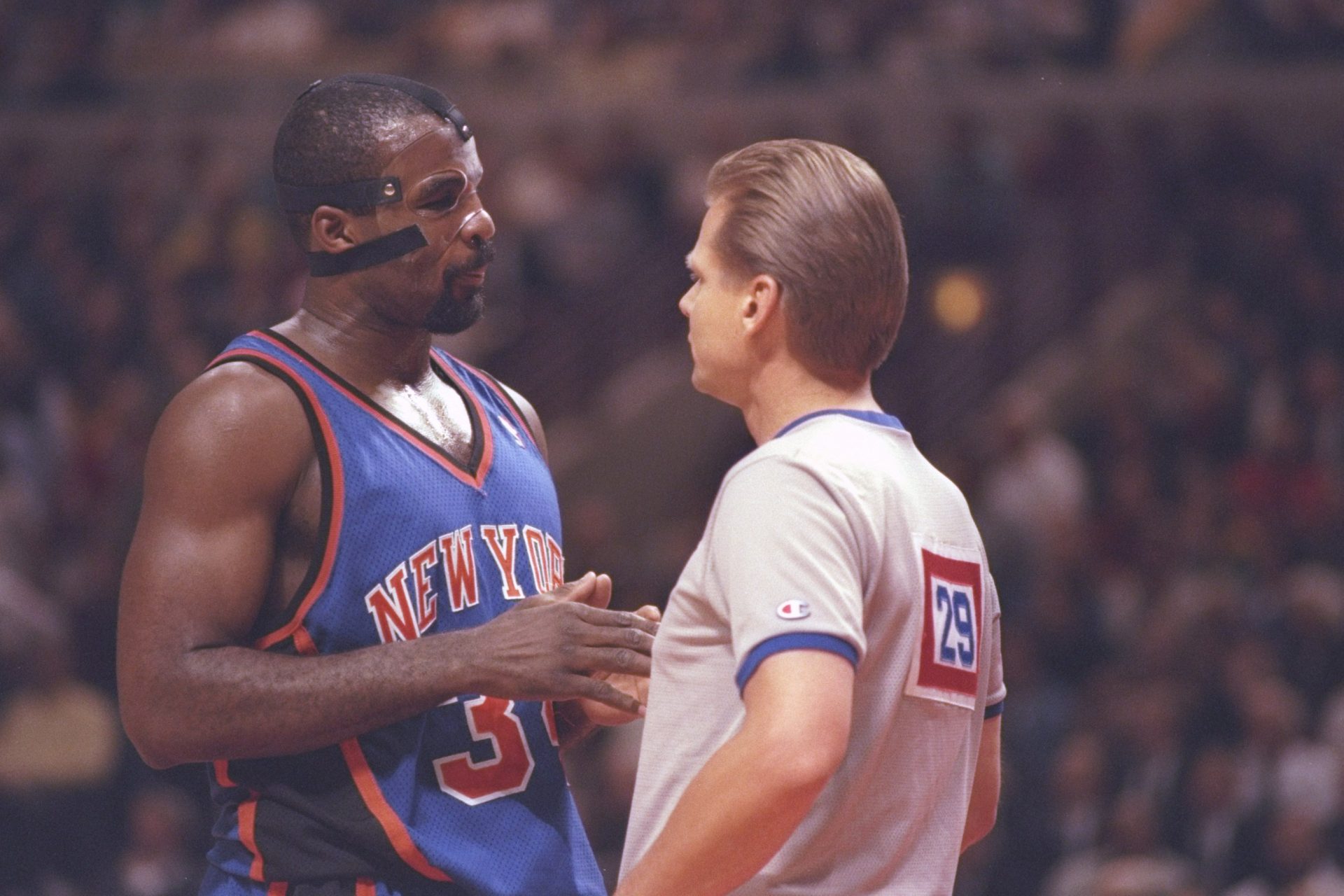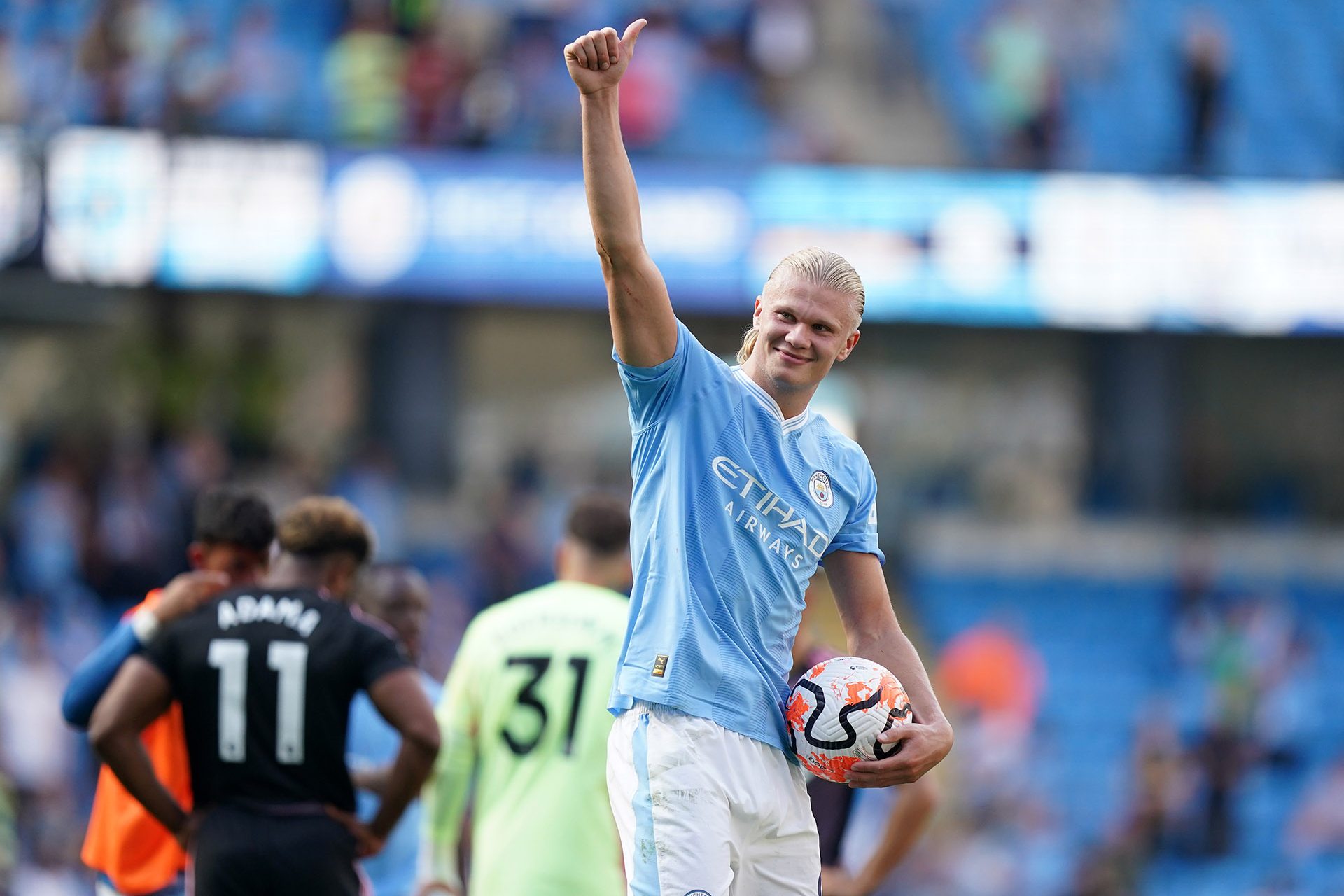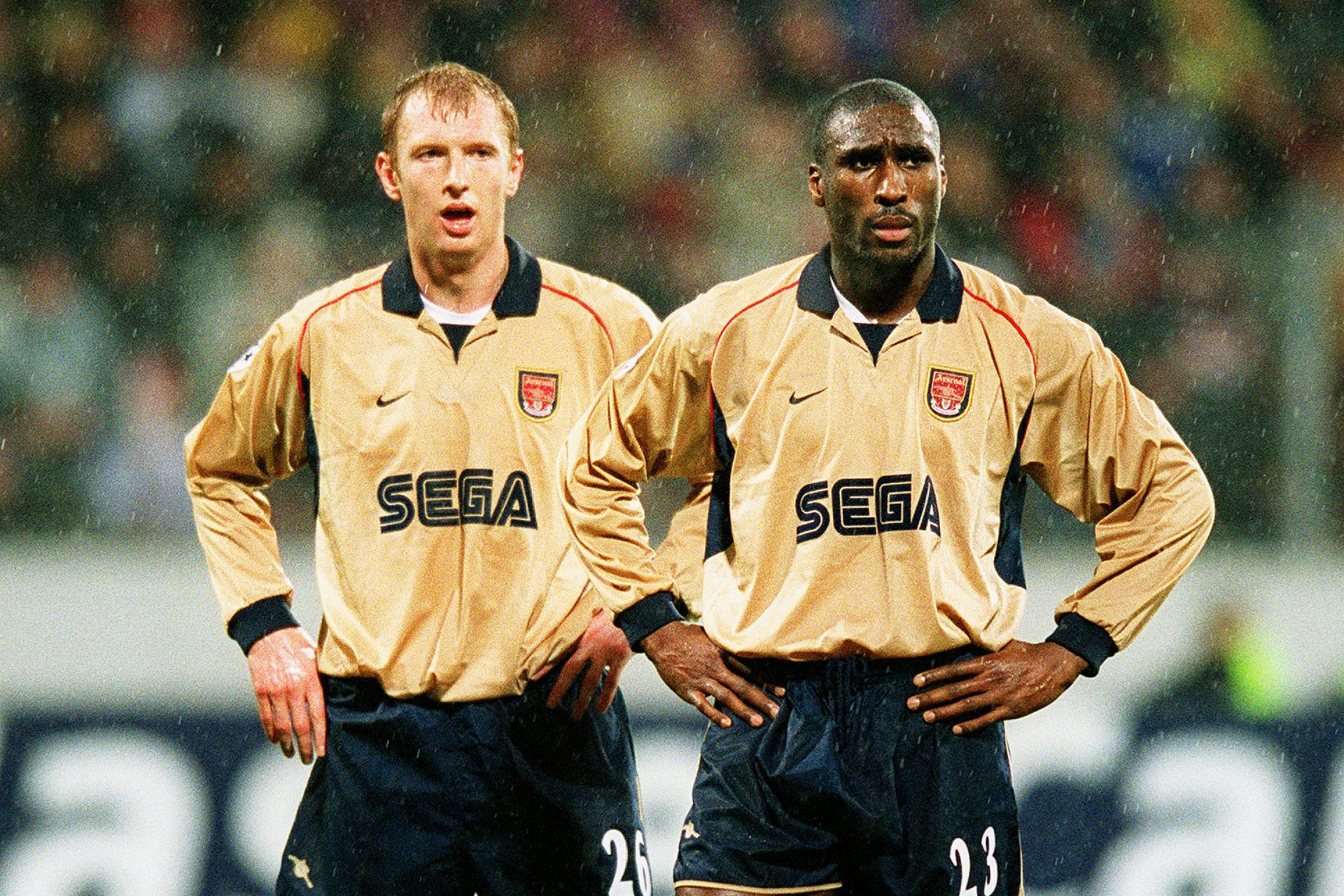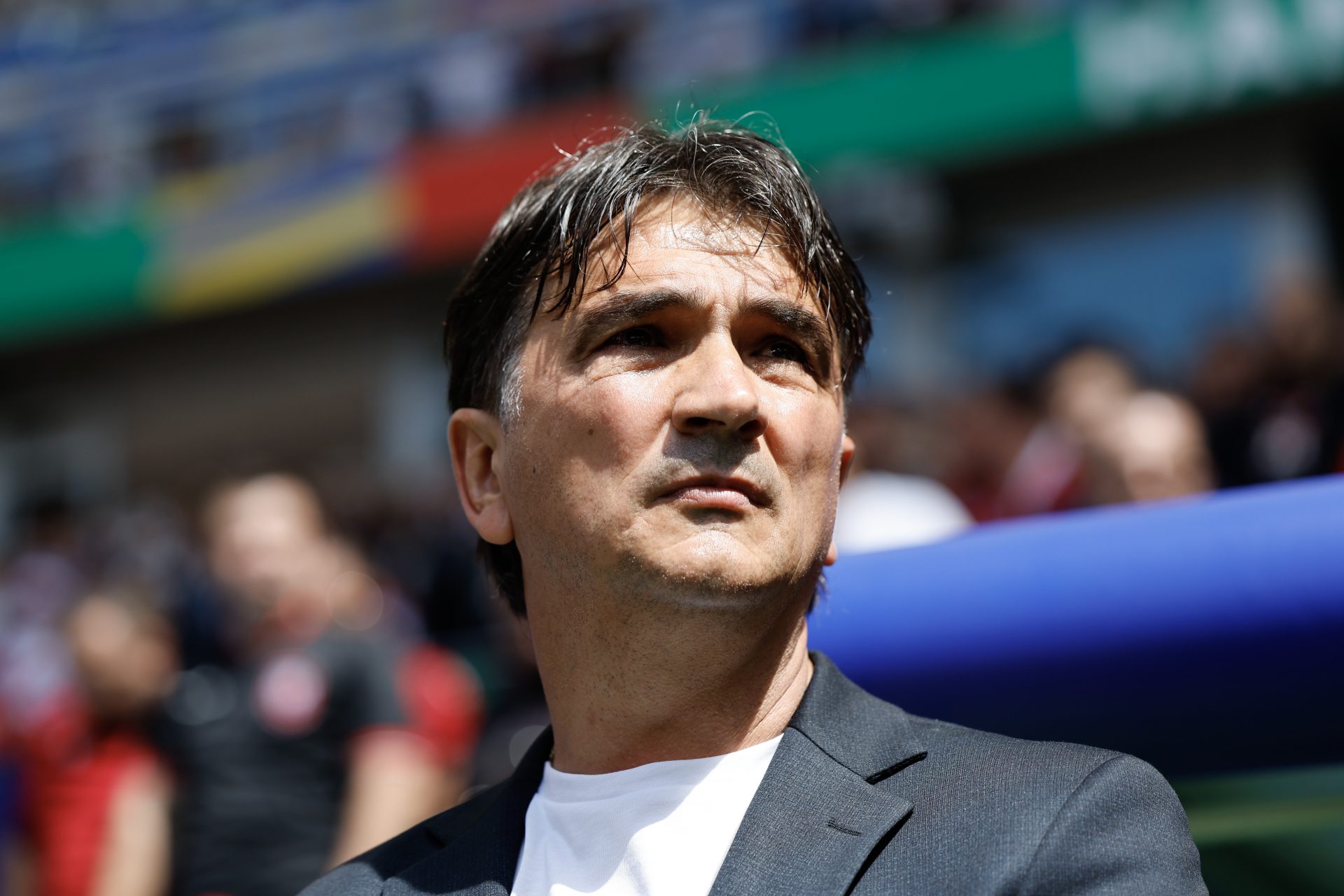When Calcio was king: The 1990s, Serie A’s golden era
Italian football will never be the same as it was in the 1990s, with the top teams hoarding talent, trophies galore, and enough money to consistently break their own transfer world records. Why was the 90s such a dominant period for Italian football, and why does it look so different now?
Italian football has always had a unique style to it, with maverick forwards, classy midfielders, and some of the toughest, most aggressive defenders around, but until the 1990s, Italian football had struggled for dominance on the European stage, with just one continental trophy to their name, the 1977 UEFA Cup (now Europa League).
Following Diego Maradona’s move to Napoli in 1984 and the Heysel stadium disaster that led to English clubs being banished from Europe just a year later, Italian clubs welcomed in a new dawn of dominance that saw the country rise to prominence during the 90s.
Want to see more like this? Follow us here for daily sports news, profiles and analysis!
Per Last Word on Sports, from 1988-89 to 1998-99, there were 28 European finalists from Serie A, with four European Cups (Champions Leagues), eight UEFA Cups, and three Cup Winner’s Cups to show for it.
Italian football not only ruled the roost in Europe, it was also comfortably the wealthiest nation in the sport at the time, with Serie A clubs breaking six transfer records during the 90s alone. These days seem long gone now, but for a time, if there was a big-name transfer to be made, you could bet an Italian club would be involved.
At the vanguard of Italian football’s dominance was AC Milan, who were bankrolled by the brazenly corrupt Silvio Berlusconi, who used the club as a sportswashing device. He was an innovator if nothing else. The early 90s saw Milan boast Marco van Basten, Ruud Gullit, and Frank Rijkaard alongside, Franco Baresi, Paolo Maldini, and many others.
Where the money came from mattered not for Milan, who were able to dominate European and Italian football during the early 1990s. UEFA Cup winners in ‘89, ‘90, and ‘94 per Last Word on Sports, as well as Serie A champions four times from 1991-1996, Milan achieved a level of dominance rarely seen in European football.
Not to be outdone by their rivals, Juventus took Italian football by the scruff of its neck in the latter half of the decade, winning three Serie A titles and a Champions League of their own.
It’s possible the Juve team was even more star-studded than its Milan predecessor, with the Old Lady boasting Zinedine Zidane, Edgar Davids, Alessandro Del Piero, Antonio Conte, Didier Deschamps, and Gianluca Vialli as team members during this period.
One of the core members of that great Juve team, Fabrizio Ravanelli, said of his side, “We were strong as a team. We had a cockiness on the field and quality players,” per FourFourTwo. That quote from Ravanelli was emblematic of Italian football at the time, they were the best, and they knew it.
Want to see more like this? Follow us here for daily sports news, profiles and analysis!
While Milan and Juve were the most dominant forces in Italian football during this era, Inter, Parma, Lazio, Napoli, and Sampdoria all won major trophies themselves. Inter won three UEFA Cups in the 90s alone, with Parma adding another two.
According to Last Word on Sports, 14 of the 18 Ballon d’Or winners from 1982 to 1998 played for Italian clubs when they won the award. This included legendary players such as Ronaldo, Zidane, Van Basten, Platini, George Weah, and Lothar Matthäus in what was a veritable who’s who of all-time greats.
1998 saw the ceremonial end to Italian football’s reign over Europe as Juventus lost to Real Madrid in the Champions League final despite entering the game as heavy favourites. With Zidane, Del Piero, and Davids in their squad, few sides in world football could match them, yet on the night, Madrid proved too much, winning a tight contest 1-0.
If 1998 was the ceremonial end, 1999 saw the final glimpses of Italian football’s preeminence slip away. Parma won the UEFA Cup and Lazio claimed the Cup Winner’s Cup in the same year, since then Italian clubs have won just four European trophies.
The turn of the millennium saw English and Spanish football rise to prominence, with the Premier League mastering the commercial side of football and Spain relying on their giants, Real Madrid and FC Barcelona, to steer them forward.
Italian football will never be irrelevant, or indeed lacking in talent, as the Euro 2020 title shows. But long gone are the days of Italian clubs making European football their plaything. Champions League wins for Milan and Inter in 2007 and 2010 respectively remain their last triumphs in the biggest European competition, which is an age ago in footballing terms.
Last Word on Sports were less than optimistic in their assessment of Italian football’s future, writing, “This drought is unlikely to end this season or any time soon, given the lack of high-level investment, the purchases of cast-off Premier League players and the failing academy systems.”
For many football fans who watched the sport in the 90s and early 2000s, Italian football was often on the top of everyone’s minds, regardless of where you were from. Now, they are mainly mocked for their underwhelming transfer offers. The talent is still there in spades, but can Italy find a solution to put them back amongst the best leagues in the world?
Want to see more like this? Follow us here for daily sports news, profiles and analysis!
More for you
Top Stories



